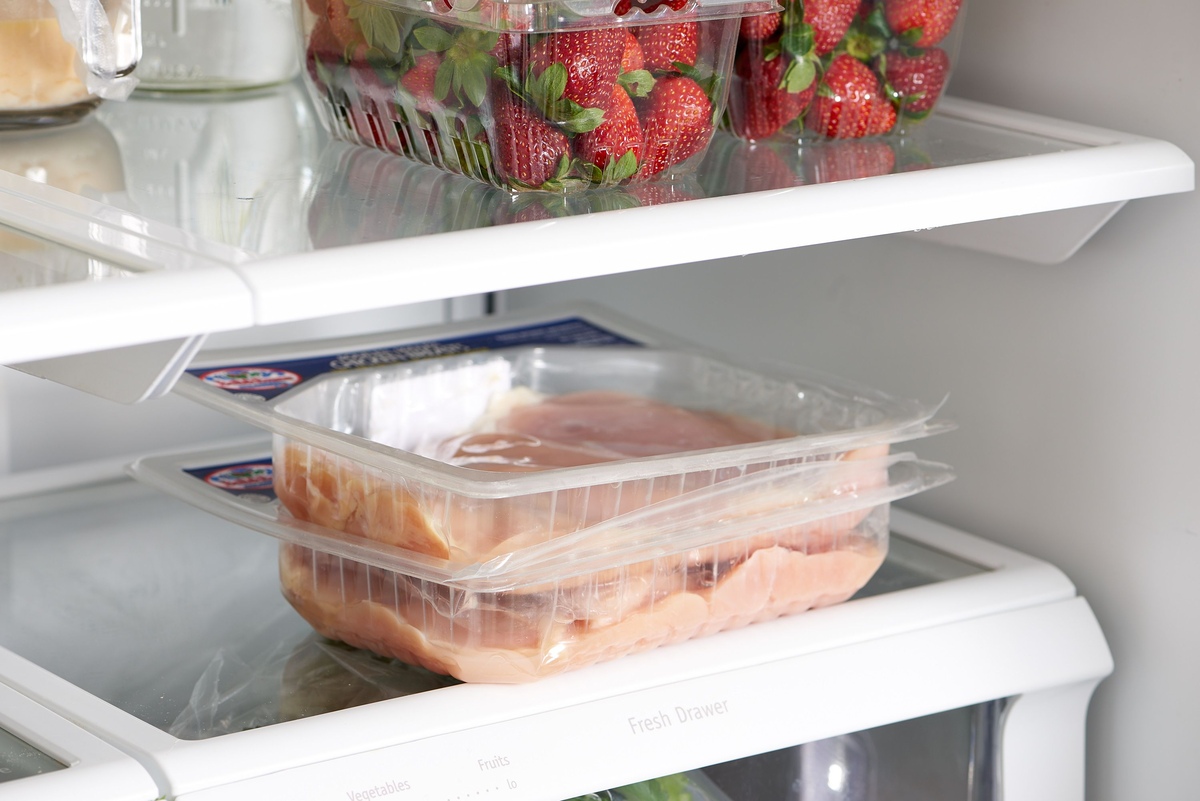

Articles
How To Store Meats In Fridge
Modified: December 7, 2023
Learn the best practices for storing meats in the fridge to keep them fresh and safe. Check out our informative articles for useful tips and tricks.
(Many of the links in this article redirect to a specific reviewed product. Your purchase of these products through affiliate links helps to generate commission for Storables.com, at no extra cost. Learn more)
Introduction
Properly storing meats in the fridge is crucial for maintaining their freshness and preventing the growth of harmful bacteria. In this article, we will provide you with valuable tips and guidelines on how to store different types of meats to ensure their quality and safety.
When it comes to storing meats, temperature is key. The ideal temperature range for storing meats in the fridge is between 32°F (0°C) and 40°F (4°C). This temperature range helps to slow down the growth of bacteria while preserving the quality of the meats.
In addition to temperature, proper packaging and storage techniques play a vital role in extending the shelf life of meats. By following these guidelines, you can ensure that your meats stay fresh, flavorful, and safe to consume for longer periods.
Let’s dive into the specific temperature guidelines and storage tips for different types of meats:
Key Takeaways:
- Properly storing meats in the fridge is crucial for maintaining freshness and preventing bacterial growth. Follow temperature guidelines, use airtight packaging, and practice good hygiene to ensure meat safety and quality.
- Prevent cross-contamination by storing raw meats separately, using separate utensils, and maintaining a clean fridge. Regularly check for spoilage and follow proper storage methods to ensure meat freshness and safety.
Read more: How To Store Chicken In Fridge
Temperature Guidelines for Storing Meats
Proper temperature control is essential when it comes to storing different types of meats in the fridge. Here are some general guidelines to follow:
- Raw red meats, such as beef, pork, and lamb, should be stored at or below 40°F (4°C). This temperature range helps to prevent the growth of bacteria that can cause spoilage and foodborne illnesses.
- Raw poultry, including chicken and turkey, should be stored at a slightly lower temperature of 32°F (0°C) to ensure its freshness and safety. Poultry is more susceptible to bacterial growth, so it’s crucial to keep it at a colder temperature.
- Raw seafood, such as fish and shellfish, should also be stored at 32°F (0°C) to maintain its quality. Seafood is highly perishable, so keeping it at a lower temperature helps to slow down bacterial growth and preserve its flavor.
- Cooked meats, both red and poultry, should also be stored at or below 40°F (4°C). It is important to cool down cooked meats properly before storing them in the fridge to prevent the growth of harmful bacteria. Cooked meats can be stored for up to four days.
It’s worth noting that maintaining a consistent temperature is crucial. Fluctuations in temperature can accelerate bacterial growth and compromise the safety of the meats. To ensure proper temperature control, it’s recommended to use a refrigerator thermometer to monitor the temperature regularly.
By following these temperature guidelines, you can ensure that your meats stay fresh and safe for consumption. Now, let’s move on to packaging and storage tips to further enhance their shelf life.
Packaging and Storage Tips
Proper packaging and storage techniques are essential for preserving the freshness and quality of meats in the fridge. Here are some tips to help you store your meats effectively:
- Use airtight packaging: When storing meats, it’s important to wrap them tightly in airtight packaging to prevent air exposure. This helps to maintain their flavor and prevent them from drying out.
- Divide meats into smaller portions: If you have large cuts of meat, consider dividing them into smaller portions before storing. This allows for easier storage and helps to prevent unnecessary exposure to air and moisture.
- Label the packaging: To avoid confusion and ensure freshness, label the packaged meats with the date of purchase or the expiration date. This will help you keep track of their shelf life and prevent the consumption of expired meats.
- Store meats on the bottom shelf: To prevent any cross-contamination, it’s best to store meats on the bottom shelf of the fridge. This ensures that any juices or drippings from the meats won’t come into contact with other food items.
- Separate raw and cooked meats: It’s crucial to keep raw and cooked meats separated to prevent cross-contamination. Store them in separate containers or wrap them in different packaging to avoid any potential bacterial transfer.
- Avoid overcrowding: Allow some space between the meat packages to allow for proper air circulation. Overcrowding can hinder the cooling process and increase the risk of bacterial growth.
- Regularly check for spoilage: While meats can last for a certain period in the fridge, it’s important to regularly check for any signs of spoilage. Look for changes in color, texture, or a foul odor, which can indicate that the meat has gone bad.
By following these packaging and storage tips, you can maximize the shelf life of your meats and ensure their quality and safety when consumed. Now, let’s explore the specific guidelines for storing different types of meats.
Storing Raw Red Meat
Raw red meat, such as beef, pork, and lamb, should be stored properly to maintain its freshness and prevent bacterial growth. Here are some guidelines for storing raw red meat in the fridge:
- Keep it in the original packaging: If the meat comes in a sealed package from the store, it’s best to keep it in its original packaging. This helps to maintain its quality and prevents any contamination during storage.
- If repackaging, use airtight containers: If you need to repackage the meat, make sure to use airtight containers or sealed plastic bags to prevent any exposure to air. This helps to slow down the oxidation process and reduces the risk of spoilage.
- Place it on a plate or tray: To catch any potential drippings, it’s advisable to place the packaged meat on a plate or tray before putting it in the fridge. This helps to prevent the juices from coming into contact with other food items.
- Store on a lower shelf: Raw red meat should be stored on the bottom shelf of the fridge to prevent any cross-contamination with other foods. Make sure it’s kept away from ready-to-eat items like fruits and vegetables.
- Use it within a few days: Raw red meat can typically be stored in the fridge for 3 to 5 days, depending on the type and freshness. It’s important to use it within this timeframe to ensure its quality and safety.
- Check for any signs of spoilage: Before cooking or consuming the meat, always check for any signs of spoilage. Look for changes in color, texture, or a foul odor. If any of these are present, discard the meat immediately.
Remember to follow the temperature guidelines mentioned earlier and ensure that the fridge is set to the appropriate temperature for storing raw red meat.
Now that you know how to store raw red meat, let’s move on to the guidelines for storing raw poultry.
Storing Raw Poultry
Storing raw poultry, including chicken and turkey, requires extra care due to its higher susceptibility to bacterial growth. Follow these guidelines to ensure the safety and quality of raw poultry stored in the fridge:
- Keep it in original packaging or repackage: Like raw red meat, it’s best to keep poultry in its original packaging. If you decide to repackage it, use airtight containers or sealed plastic bags to prevent any exposure to air.
- Separate poultry from other foods: Raw poultry should be stored separately from other foods, especially ready-to-eat items. This prevents cross-contamination and reduces the risk of bacteria spreading to other foods.
- Place it on a plate or tray: To catch any potential juices and avoid cross-contamination, place the packaged poultry on a plate or tray before storing it in the fridge.
- Store on the bottom shelf: Just like raw red meat, raw poultry should be stored on the bottom shelf of the fridge to prevent juices from dripping onto other foods.
- Use it within 1-2 days: Raw poultry has a shorter shelf life compared to red meat. It’s recommended to use it within 1-2 days of purchase for optimal freshness and safety.
- Check for signs of spoilage: Before cooking or consuming raw poultry, always check for signs of spoilage. Look for changes in color, sliminess, or a pungent odor. If you notice any of these signs, discard the poultry immediately.
It’s crucial to follow these guidelines strictly to prevent the risk of foodborne illnesses associated with raw poultry. Next, let’s explore how to properly store raw seafood in the fridge.
To store meats in the fridge, keep them in the coldest part (usually the back) to prevent spoilage. Store raw meats on the bottom shelf to prevent cross-contamination. Use airtight containers or resealable bags to keep meats fresh.
Read more: How To Store Brisket In Fridge
Storing Raw Seafood
When it comes to storing raw seafood, such as fish and shellfish, proper handling and storage techniques are crucial to maintain its freshness and prevent the growth of harmful bacteria. Follow these guidelines to store raw seafood safely:
- Keep it chilled: Raw seafood is highly perishable, so it’s essential to keep it at a temperature of 32°F (0°C) for optimal freshness. Store it in the coldest part of your fridge, such as the bottom shelf or the dedicated fish compartment.
- Use airtight containers: To prevent cross-contamination and maintain the quality of the seafood, wrap it tightly in airtight containers or sealed plastic bags. This prevents odor transfer and keeps the seafood fresh.
- Store on a tray or plate: Place the packaged seafood on a tray or plate to catch any potential juices or drippings. This helps to avoid cross-contamination with other food items in the fridge.
- Use it within 1-2 days: Unlike red meat or poultry, raw seafood has a shorter shelf life and is best consumed within 1-2 days of purchase. Make sure to plan your meals accordingly to avoid waste and ensure its freshness.
- Check for signs of spoilage: Before cooking or consuming raw seafood, always inspect it for any signs of spoilage. Look for changes in color, texture, or a strong fishy odor. If you notice any of these signs, discard the seafood immediately.
- Avoid storing fresh and frozen seafood together: If you have both fresh and frozen seafood, it’s best to store them separately. This prevents the thawing of frozen seafood and minimizes the risk of bacterial growth.
By following these guidelines, you can ensure that your raw seafood stays fresh and safe for consumption. Next, let’s move on to storing cooked meats.
Storing Cooked Meats
Properly storing cooked meats is essential for maintaining their quality, flavor, and safety. Whether you have leftovers or have cooked meats in advance, here are some guidelines for storing cooked meats in the fridge:
- Cool down the meat: Before storing cooked meats, allow them to cool down to room temperature. This prevents moisture from building up inside the container, which can lead to bacterial growth.
- Divide into smaller portions: If you have a large batch of cooked meat, consider dividing it into smaller portions before storing. This allows for easier and faster reheating and minimizes the risk of any portion going to waste.
- Use airtight containers: Store cooked meats in airtight containers to maintain their freshness. Make sure the containers are sealed tightly to prevent air exposure and keep the meat moist.
- Label the containers: To easily identify and track the storage time, remember to label the containers with the date of preparation. This helps you keep track of the freshness and avoid consuming expired food.
- Store at or below 40°F (4°C): Cooked meats should be stored at a refrigerator temperature of or below 40°F (4°C) to prevent bacterial growth. Place them on the middle shelf of the fridge, away from raw meats and other perishable items.
- Consume within 3-4 days: Cooked meats can be safely stored in the fridge for 3-4 days. It’s important to consume them within this time frame to ensure their quality and safety.
- Reheat properly: When reheating cooked meats, make sure to do so thoroughly to kill any potential bacteria. Use a food thermometer to ensure the meat reaches a safe internal temperature of 165°F (74°C) before consuming.
Following these guidelines will help you store cooked meats properly, prolong their freshness, and reduce the risk of foodborne illnesses. Now let’s move on to important tips on how to prevent cross-contamination when storing meats.
How to Prevent Cross-Contamination
Preventing cross-contamination is crucial when it comes to storing meats to ensure food safety. Here are some essential tips to minimize the risk of bacteria spreading from one food item to another:
- Store meats separately: Keep raw meats, such as red meat, poultry, and seafood, separate from each other in the fridge. Store each type of meat in its own designated container or sealed bag to prevent cross-contamination.
- Use separate cutting boards and utensils: It’s important to use separate cutting boards and utensils for raw meats and other food items. This prevents bacteria from transferring to ready-to-eat foods, such as fruits and vegetables.
- Wash hands frequently: Practice proper hand hygiene by washing your hands thoroughly with soap and water before and after handling raw meats. This helps to eliminate any potential bacteria on your hands.
- Clean and sanitize surfaces: After handling raw meats, clean and sanitize any surfaces, cutting boards, or utensils they came into contact with. Use hot, soapy water and a disinfectant to kill any lingering bacteria.
- Avoid thawing meats on the counter: Thawing meats on the counter can promote bacterial growth. Instead, thaw meats in the refrigerator or use the defrost setting on your microwave to safely thaw them.
- Properly dispose of packaging materials: After unpacking raw meats, dispose of the packaging materials immediately. Place them in a sealed bag before placing them in the garbage to prevent any bacteria from spreading.
- Store ready-to-eat items above raw meats: When organizing the fridge, store ready-to-eat items, such as cooked meats, dairy products, and produce, on the higher shelves. This prevents any potential juices from raw meats from dripping onto these items.
- Regularly clean and maintain your fridge: Keep your fridge clean and well-maintained to prevent any cross-contamination. Wipe up any spills or leaks promptly, and regularly check and adjust the temperature to ensure it stays within the recommended range.
By following these preventive measures, you can minimize the risk of cross-contamination and maintain the safety of your stored meats. Let’s now address some frequently asked questions related to storing meats in the fridge.
Frequently Asked Questions
Here are some commonly asked questions about storing meats in the fridge:
1. Can I store meats in the freezer instead of the fridge?
Yes, you can store meats in the freezer for longer-term storage. Freezing meats helps to preserve their quality and can extend their shelf life for several months.
2. How long can I store frozen meats?
When properly stored, frozen meats can be kept for several months. It’s best to label the packages with the date of freezing and use them within 3-6 months for optimal taste and texture.
3. Can I refreeze thawed meats?
It is generally safe to refreeze meats that have been thawed in the refrigerator. However, the quality may be compromised, as freezing and thawing can affect the texture and taste of the meat. It is advisable to cook the thawed meat first before refreezing to maintain the best quality.
4. Can I marinate meats while they are in the fridge?
Yes, you can marinate meats in the fridge for a few hours or overnight. Make sure to use an airtight container or a sealed plastic bag to prevent any cross-contamination with other foods.
5. Can I store cooked meats and raw meats together in the same fridge?
No, it’s important to store cooked meats and raw meats separately to prevent the risk of cross-contamination. Raw meats can contain harmful bacteria, which can spread to ready-to-eat foods and cause foodborne illnesses.
6. Can I store leftover cooked meats at room temperature?
No, leftover cooked meats should not be kept at room temperature for more than 2 hours. Bacteria can grow rapidly at room temperature, increasing the risk of foodborne illnesses. It’s best to promptly refrigerate or freeze leftover cooked meats.
7. Why is it important to check for signs of spoilage before consuming meats?
Checking for signs of spoilage, such as changes in color, texture, or a foul odor, is crucial to ensure the safety of the meats. Consuming spoiled meats can lead to food poisoning and other health issues.
These are just a few of the common questions regarding storing meats. If you have any specific concerns or queries, it’s always best to consult a food safety expert or refer to the guidelines provided by trusted sources such as the USDA or FDA.
Ready to store your meats safely in the fridge? Let’s wrap up this article.
Read more: How To Store Turkey In Fridge
Conclusion
Properly storing meats in the fridge is essential for maintaining their freshness, quality, and safety. By following the temperature guidelines, packaging and storage tips, and practicing proper food handling techniques, you can ensure that your meats stay delicious and safe to consume.
Remember to keep raw red meats, poultry, and seafood separate from each other and from other food items in the fridge. Use airtight packaging, label containers, and store meats at the appropriate temperature to prevent bacterial growth and cross-contamination. Regularly check for signs of spoilage before cooking or consuming meats to ensure their quality.
Whether it’s raw meats or cooked leftovers, practicing good hygiene, and following proper storage methods are crucial for keeping your meats fresh and safe. Additionally, regular cleaning and maintenance of your fridge will help prevent potential cross-contamination issues.
By implementing these guidelines, you can extend the shelf life of your meats, minimize food waste, and most importantly, safeguard your health and the health of your loved ones.
So, the next time you store meats in the fridge, keep these tips in mind for a healthier and more enjoyable culinary experience!
Frequently Asked Questions about How To Store Meats In Fridge
Was this page helpful?
At Storables.com, we guarantee accurate and reliable information. Our content, validated by Expert Board Contributors, is crafted following stringent Editorial Policies. We're committed to providing you with well-researched, expert-backed insights for all your informational needs.
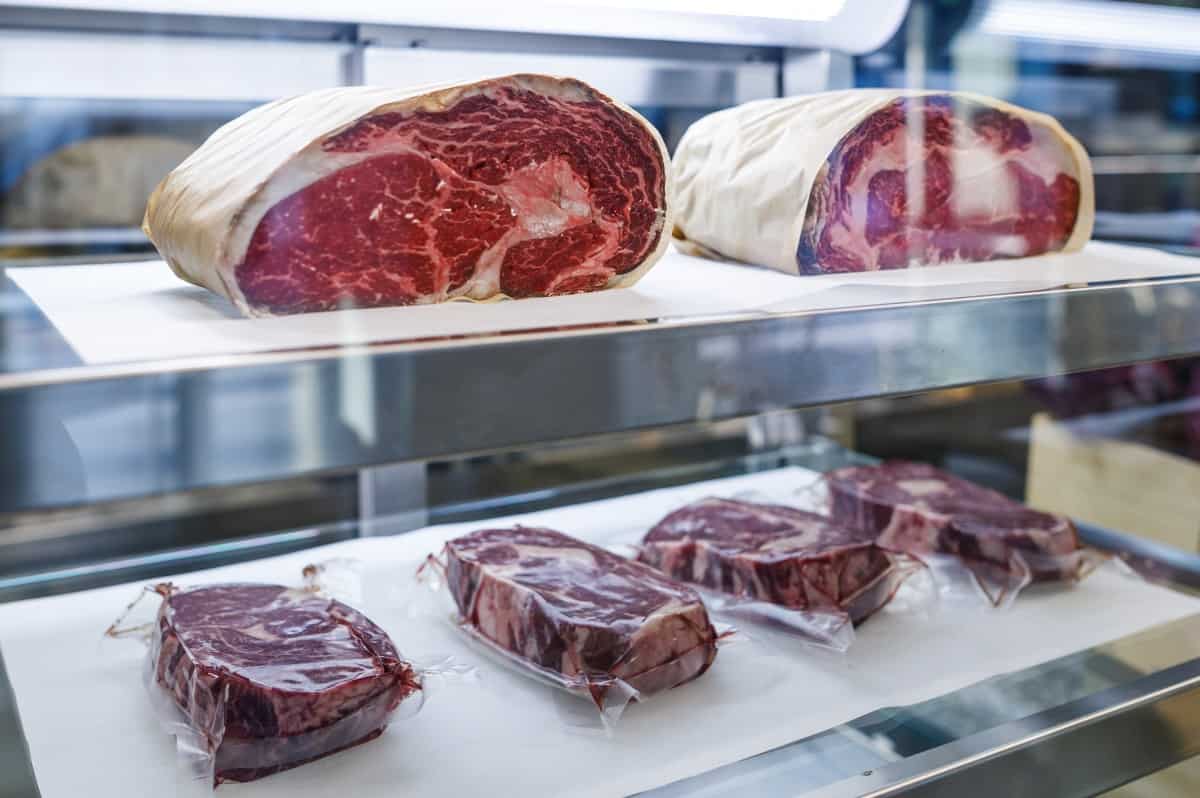
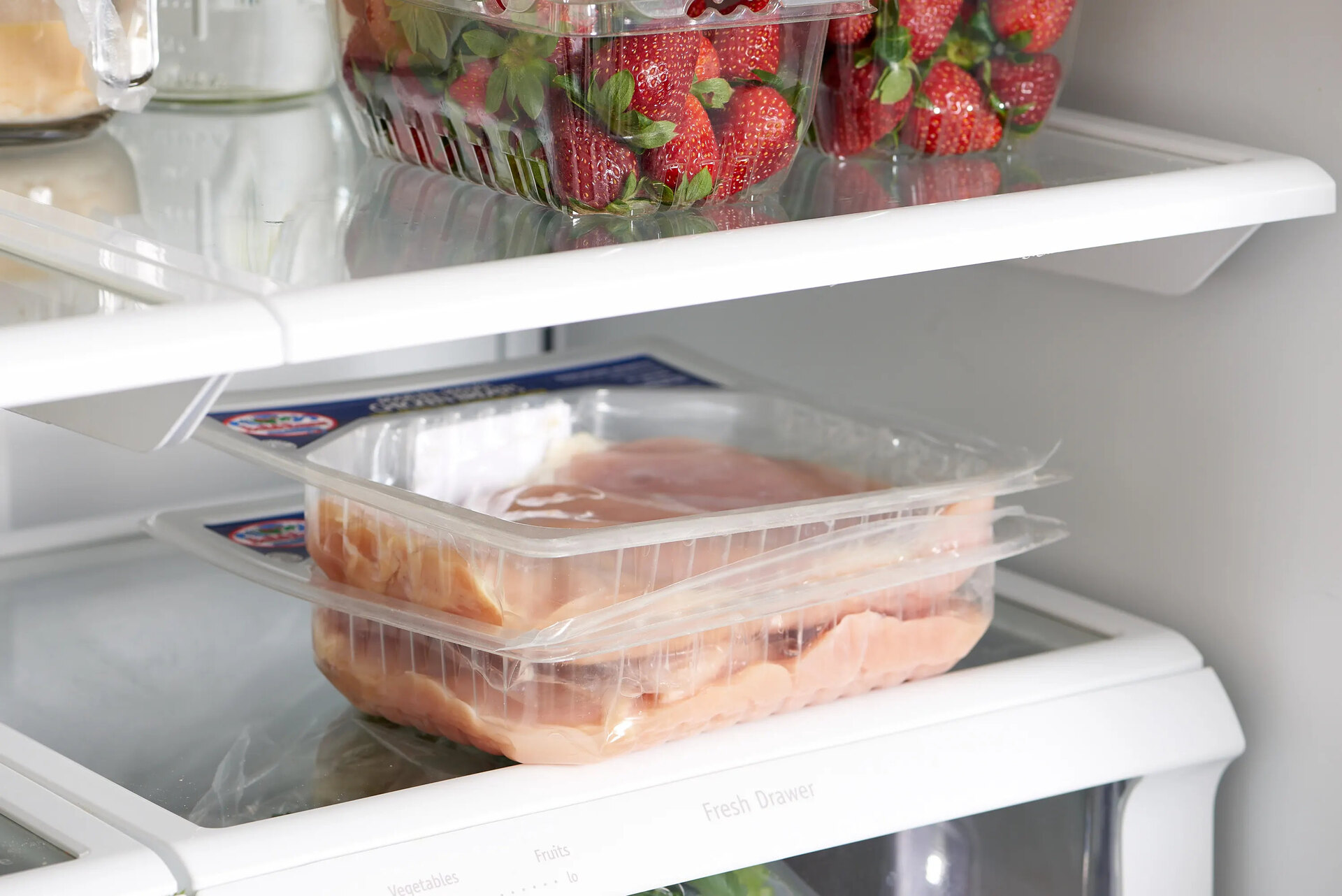
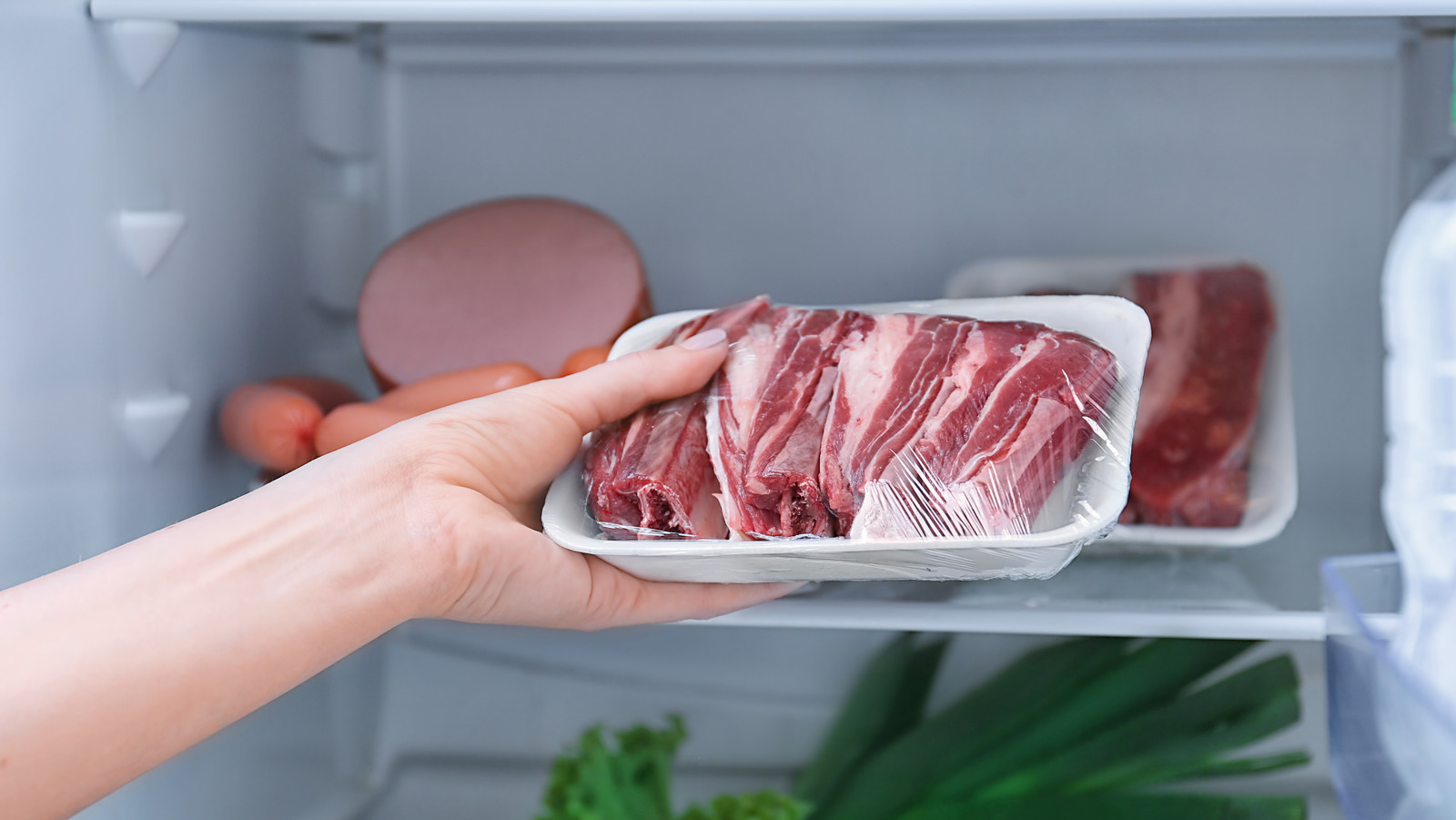

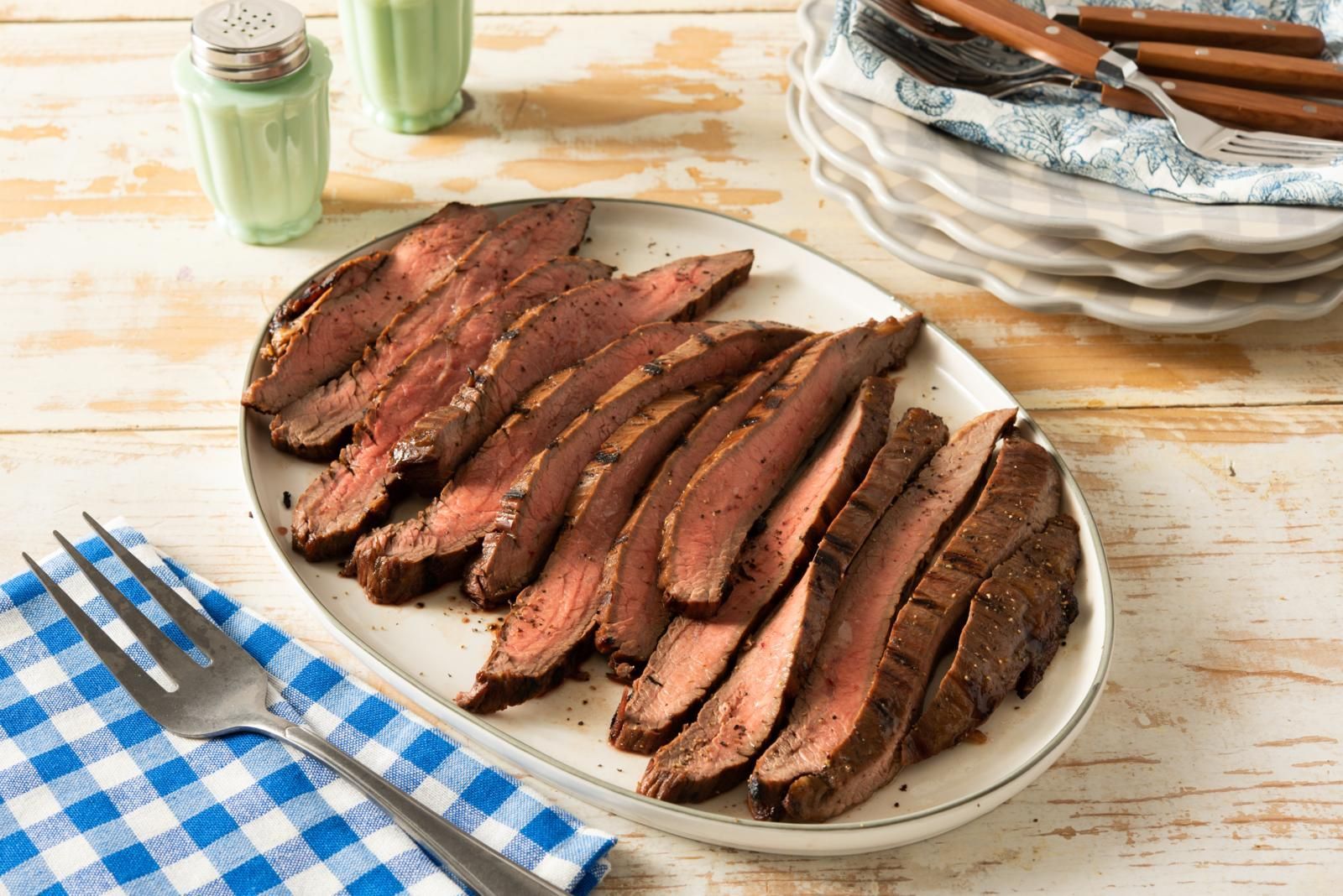
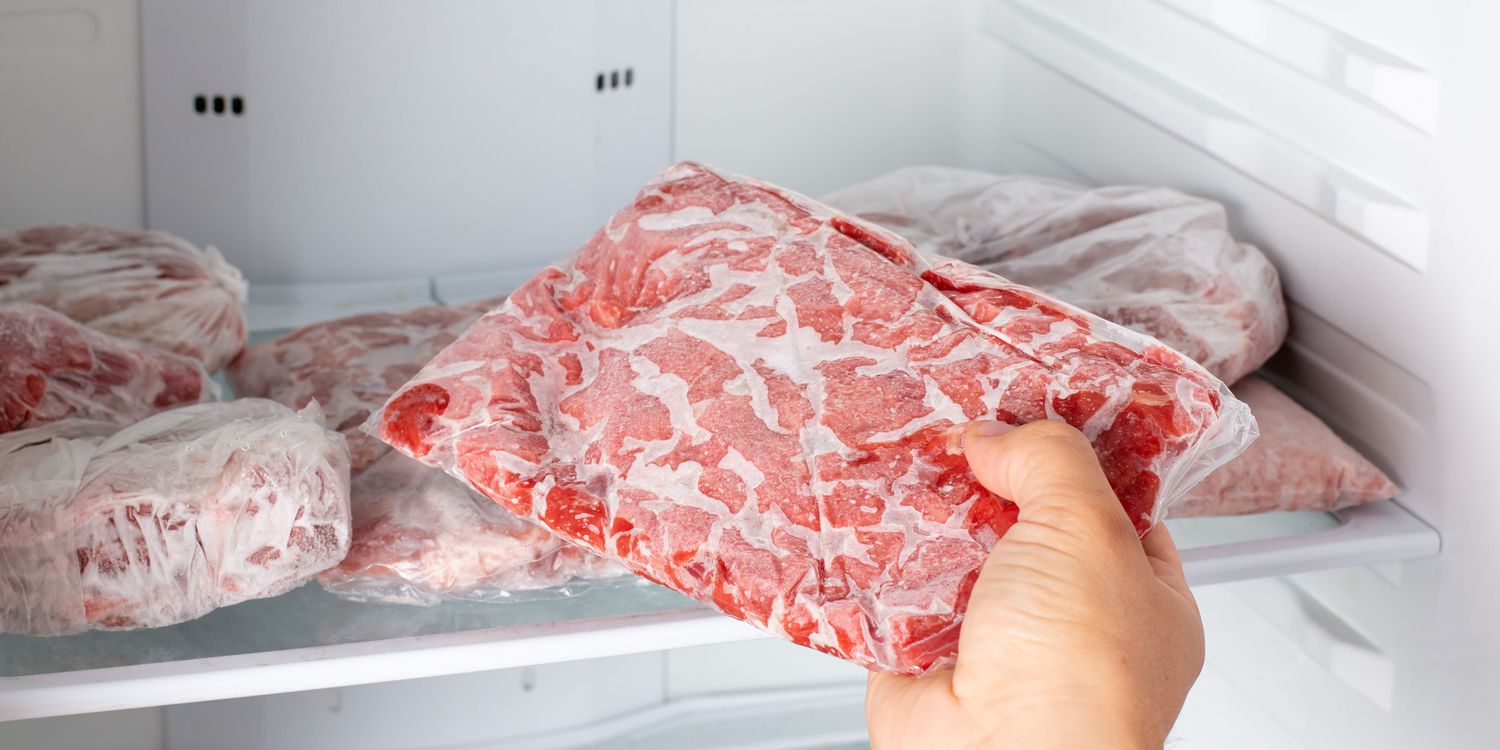


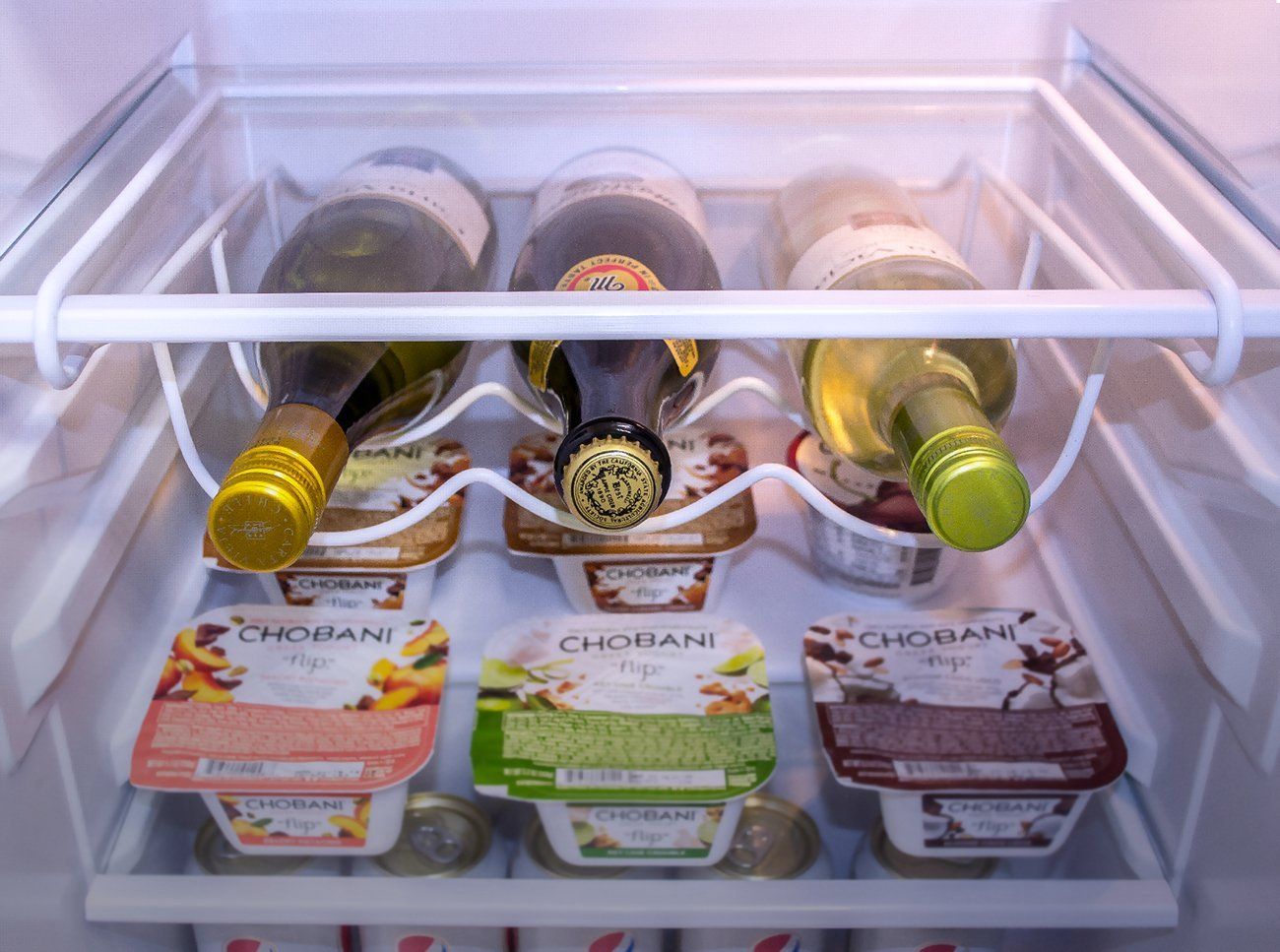


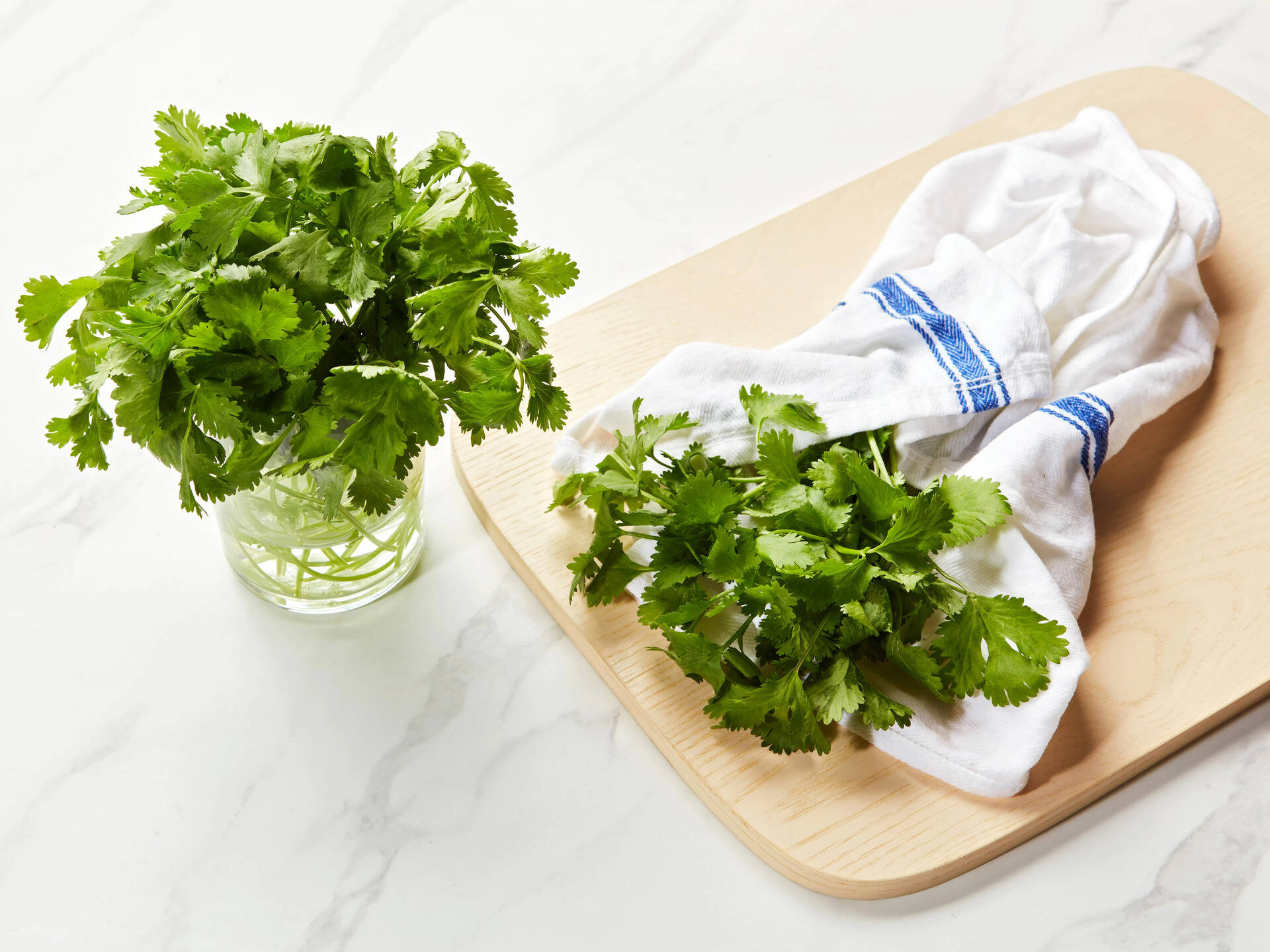


0 thoughts on “How To Store Meats In Fridge”